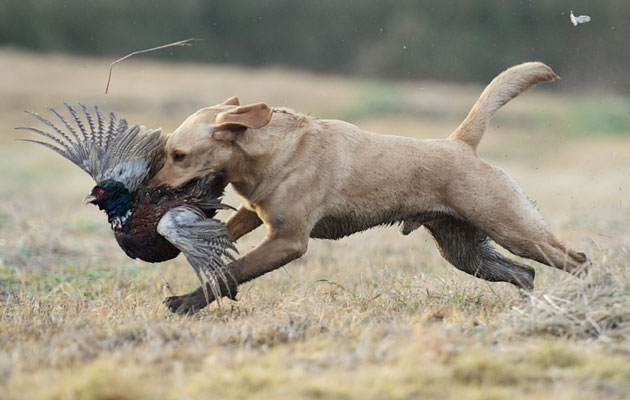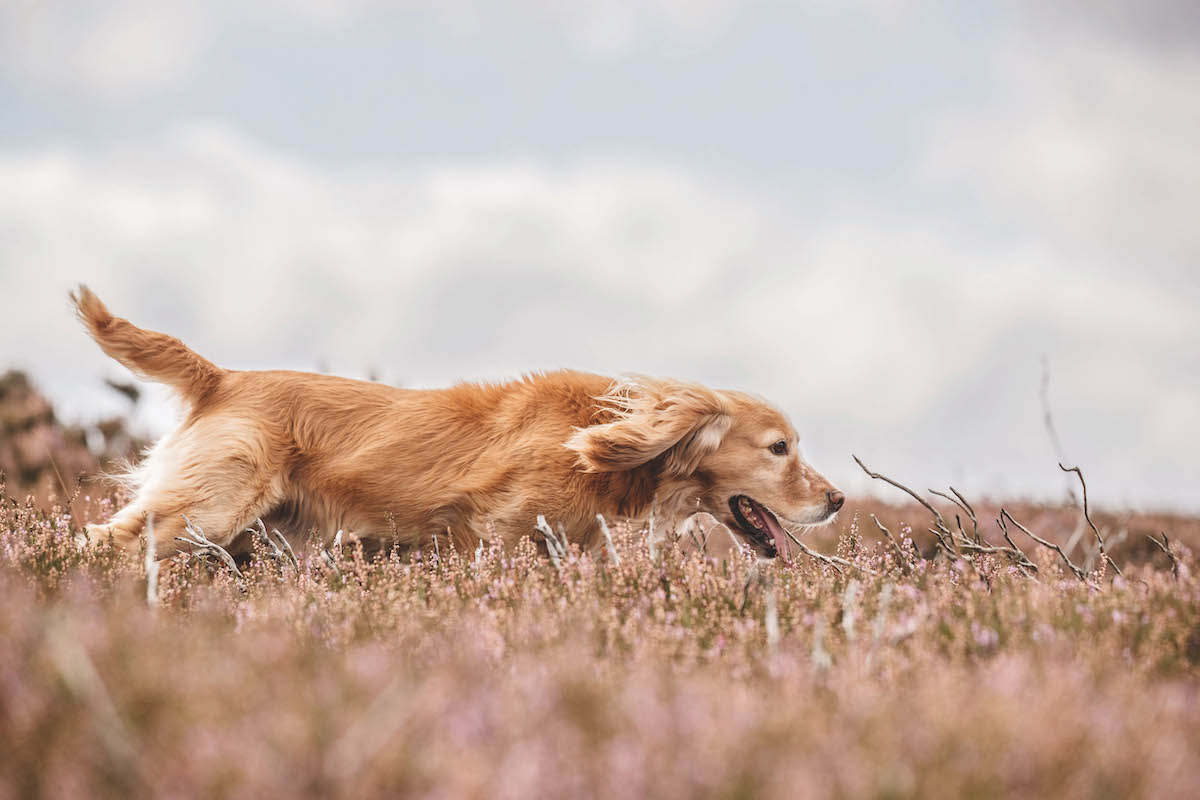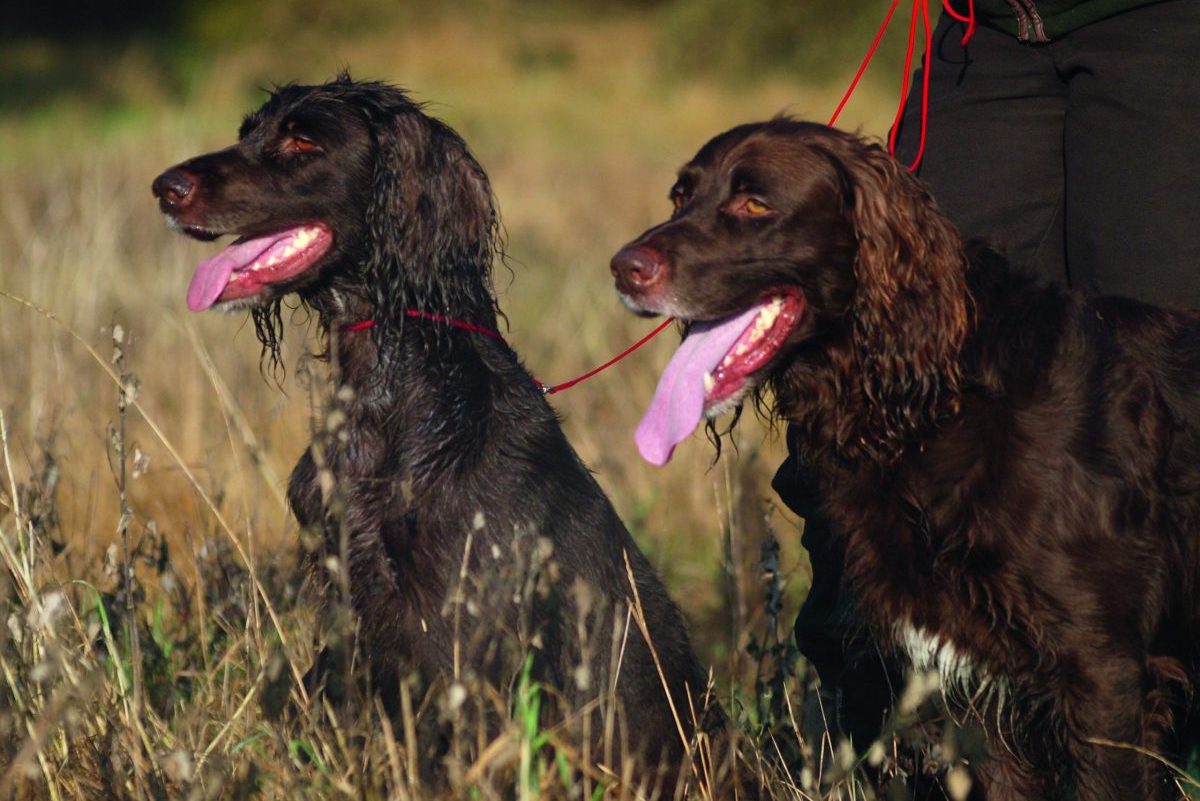Why it’s wrong to pick-up unshot birds
Sometimes it's all too easy for dogs to retrieve early-season birds that are exhausted rather than shot; but it's bad practice, writes David Tomlinson

A story I heard recently bears repeating. A commercial shoot in East Anglia sold its first partridge day in September to a roving syndicate that had shot pheasants there the previous season. The latter had been a highly successful day, which is why the syndicate booked to come again. Unfortunately, the partridge day didn’t work out so well. The bag of 200 birds was reached without difficulty, but when it came to settling up the syndicate refused to pay the full price, arguing that, in their view, at least 20 per cent of the bag hadn’t been shot, but had been caught by the picking-up dogs.
I don’t know what the eventual settlement was, but I have a suspicion that the syndicate had a strong case. Early-season partridges pose a special challenge to picking-up teams, as the young birds aren’t strong, and the first time they are driven over the Guns will almost certainly be the first time they have flown so far. Other than quail, none of our gamebirds have the capacity for sustained flight. They are ground dwellers, and flight is generally reserved for escaping from potential predators. (Grouse are unusual in that they do fly rather more than pheasants and partridges, and can cover greater distances.)
Thus a September partridge, released perhaps a month before, hasn’t had the chance to build up its flight muscles, so that first sustained flight is an exhausting business. I have watched unshot partridges make spectacular crash landings, even hitting the ground and rolling head over heels. It’s all too easy for inexperienced pickers-up to think that these are shot birds, and so send their dogs for them. The dogs don’t know any better, either, and these birds are easy to retrieve, as they are often winded and unable or unwilling to run. Most end up being tapped on the head and put in the gamecart.
My guess is that on many partridge days early in the season, at least 5 per cent of the bag is made up of unshot birds collected by dogs, and I wouldn’t put a higher figure beyond the realms of possibility. The only way to reduce these figures is extreme vigilance by the picking-up team, watching carefully to see which birds are hit and which aren’t, and sending dogs accordingly. Even the usual sweep through after the drive needs to be done with great caution, as an exhausted but untouched partridge may well tuck into cover and not move until it gets its breath back.
Pheasants: folded or fatigued?
In my experience, there’s much less of a problem with pheasants, though caution is needed early in the season. On one shoot where I used to pick-up there was one picker-up with a trio of Labradors who specialised in working his dogs in a distant covert that a few pheasants invariably dropped into. He would always come back with two or three, and I know I wasn’t the only one who wondered whether these really were pricked birds, or simply birds that had flown so far that they weren’t inclined to take off again. I would have bet money on the latter, but the only way to find out would have been to pluck them
and post-mortem them.
It’s easy for pickers-up to get away with such misdemeanours, for many Guns believe they have shot more birds than they really have, so if they fire at a bird that flies on, only for it to be picked several hundred yards behind them, they like to add it to their mental tally. As long as they are happy then I suppose there’s not a lot to worry about. However, it’s poor practice, even though these unshot birds make the best eating.
I don’t think that when a dog picks-up unshot but exhausted game it can be accused of pegging, which I interpret to mean a dog catching a fit and healthy bird before it has had the chance to fly. Pegging can be a major problem in the beating line, especially if the pheasants aren’t very wild and the dog, or dogs, are sharp. Some dogs become specialist peggers and once they have acquired the knack it can be hard to stop them, other than by working them in a muzzle. It’s usually up to the keeper, or whoever is in charge of the beating line, to keep an eye out for such dogs, and to make sure that they are worked where they are unlikely to find birds to peg, or to keep them out of the beating line.
I used to work my spaniels in the beating line on a small farm shoot. Here one of the regular beaters was a delightful elderly woman who had only recently given up hunting. She did, however, have a hunt terrier that came beating with her, and it was a notorious pegger. On one occasion one of my spaniels brought me a bird that the terrier had savaged to death but then abandoned. It had been badly mauled, so I stuffed it down the nearest rabbit hole as I didn’t want my dogs to be accused, unfairly, of inflicting such damage. I never discovered whether the owner of the shoot, a close friend of the terrier’s owner, ever guessed what a menace the dog was.








